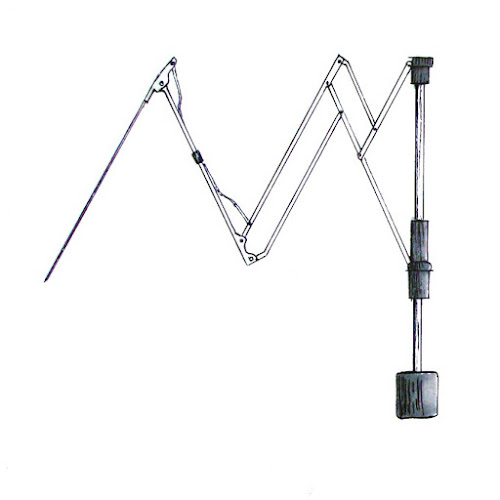from Maysam Foolady
An umbrella or parasol is referred to a canopy whose aim is to protect or shelter people from rain or sunlight. “Umbrella” stands for the Latin word “umbra” which means "shade” or “shadow”. However, umbrella refers to a device designed to protect against the rain, and parasol is referring to the item sheltering against the sun.
The origin of the umbrella goes back about three, four thousand years ago which is illustrated in ancient art and artifacts of Egypt, Greece, and China. It is believed that the beginnings of umbrellas stemmed from collected leaves that were functioning as a shelter against rain or the sunlight. It could also have been an adaptation of a portable tent.
Some historians say that, the first foldable umbrella that have been invented in ancient China approximately 1,700 years ago, and fittingly the Chinese character for umbrella (傘) is a pictograph, looking like the design of modern umbrella. In ancient times, the frames of the umbrellas were made of mulberry bark or bamboo.
The Chinese decorated paper parasols with hand-paintings and waxed and lacquered the paper surface with oil to repel water. Then, via the Silk Road, the Chinese design of umbrella was able to spread to Persia and the West.
Briefly, umbrella is a portable and folding device which varies in size and shape; however, its design is basically the same. Generally, it is formed by a concave down surface, usually plastic or similar material attached to a structure of rods (stretcher) arranged around a central axis (pole) which supports stretchers through a sliding ring (runner). When the runner is in the down position, the stretchers are completely flattened along the pole. On the opposite, when the runner is raised, the rods are stretched in a circle around the pole under the canopy. (Figure 1)
Figure 2: Stationary Cantilever Umbrella
The number of stretchers ranges from four (square umbrellas using in outdoor markets) to eight or ten in general for umbrellas. They are distributed at regular intervals on the periphery of the pole. In small portable umbrellas and parasols, the central pod has a handle at its lower end for better grip. In other cases, the use of umbrellas is rather stationary; the lower end of their pole is generally designed to fit in a carrier or to be planted in the ground, so to be stable and secure against the wind. The classical umbrellas can also serve as stick, however the recent ones "pocket umbrellas" which are shorter in size with folding rods, are more convenient for storage when it is not raining. This type is mostly used in countries with high amount of rainfall during the year. Although very simple, but still after passing centuries, the mechanism behind umbrella has remained almost the same. The simplicity and functionality of this system has always been inspiring for many people throughout the history. Even now we can see a lot of examples in our daily life, such as CJ R&D Center Kinetic Façade in Korea and Mechanical umbrellas in Mosque of the Prophet (in Medina), which are developed based on the same principle.
Figure 3: Stationary Umbrella with pole in center
Figure 4: Pocket Umbrellas with multiple folding ribs
this blog is dedicated to the Bucky Lab from the TU Delft faculty of Architecture. Within the mastercourse we design, develop and at the end build architecture and building construction related prototypes. Its a "get your hands dirty" approach in which the students learn how to translate concepts from sketch into working prototypes. We try to live the spirit of buckminster fuller: what ever you can imagine, you can also build!



